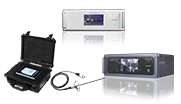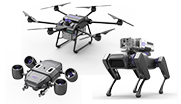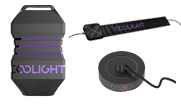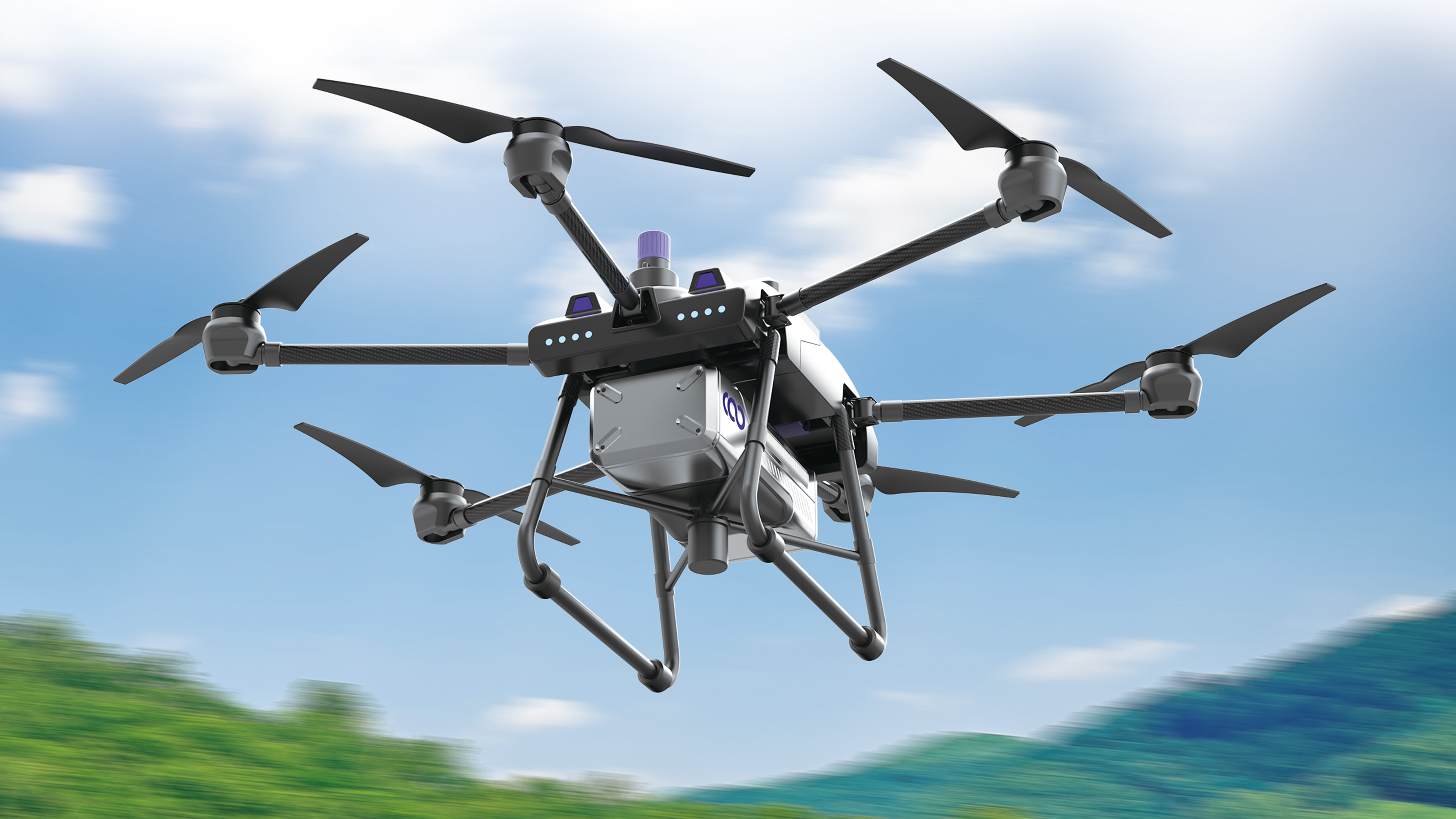Park Gas Monitoring / Inspection
In industrial parks (chemical or manufacturing), toxic and flammable gases such as SO₂, NOₓ, VOCs, hydrogen, and methane are continuously monitored. Regular patrols are conducted to inspect emission sources, equipment sealing, and storage areas.
The system detects leaks and abnormal emissions, improving workplace safety and preserving the ecological environment.
Flue Gas Emission Monitoring from Stationary Pollution Sources
Enterprises such as power plants, cement factories, and steel mills use CEMS to monitor pollutants like SO₂, NOₓ, and particulate matter. Systems also track flue gas temperature, pressure, and flow rate.
Collected data is transmitted to both regulatory authorities and internal control systems in real time, ensuring compliance and facilitating corrective action when necessary.
Ambient Air Monitoring
Air quality monitoring stations are deployed across urban and rural regions. These stations track common air pollutants such as SO₂, NO₂, CO, O₃, PM₁₀, and PM₂.₅. VOCs and heavy metals are also monitored.
Analyzed data reflects air quality trends, supporting environmental policy-making and public health measures.
Atmospheric Flux Observation
In farmlands, forests, and urban green spaces, eddy covariance and micrometeorological systems are used to study atmospheric fluxes of CO₂, water vapor, and energy.
These measurements are crucial for understanding carbon cycles, water cycles, and overall ecosystem performance under climate change scenarios.
Cargo Ship Emission Monitoring
Fixed and mobile monitoring systems are deployed near ports and waterways to detect pollutants (SO₂, NOₓ, PM) from cargo ships.
- Fixed stations monitor emissions during port entry/exit.
- Mobile vehicles and UAVs collect emissions data from vessels in transit.
This monitoring encourages shipping companies to adopt emission reduction practices and reduces maritime air pollution.
Environmental Law Enforcement
Regulatory bodies enforce environmental laws by inspecting emissions (gas, water, waste), verifying compliance with environmental standards, and penalizing violations such as illegal discharge or lack of pollution control measures.
This oversight maintains legal enforcement and safeguards ecosystems.
Greenhouse Gas Monitoring
Regional monitoring stations use gas chromatographs and infrared analyzers to track greenhouse gases such as CO₂, CH₄, and N₂O.
Continuous monitoring helps assess emissions, analyze sources/sinks, and support policy development on climate change.








